Every Easter, the news is filled with coverage of Christian devotees who, in Jerusalem, re-enact the journey of Jesus to his crucifixion. This journey is known as the Via Dolorosa or the Way of Sorrow/Way of Suffering and thousands do the pilgrimage on Good Friday, the day Jesus was crucified. Along this route are 14 Stations of the Cross which mark significant events in Jesus’ final hours.
Walking tours cover this route but walking the Via Dolorosa independently is possible. Each station is marked by a plaque with roman numerals. Going at your own pace allows for local chat and food pit-stops, two things Jerusalem does very well. The Via Dolorosa is listed as one of my Top 12 Things to do in Jerusalem.
My Jerusalem Travel Tips post covers the essential information you need for travelling to the Holy City.
Travel information on the Holy Land region can be found in my Israel and Occupied Palestinian Territory post.
Stations I and II
Enter the Old City via Lions’ Gate and walk for a couple of minutes until you reach a school with tiered steps on the left hand side of the street. Station I is on the wall above the steps. Jesus is said to have been condemned to death here. A couple of metres from the end of the steps on the opposite side of the street is Station II and it is here Jesus is made bear the Cross.
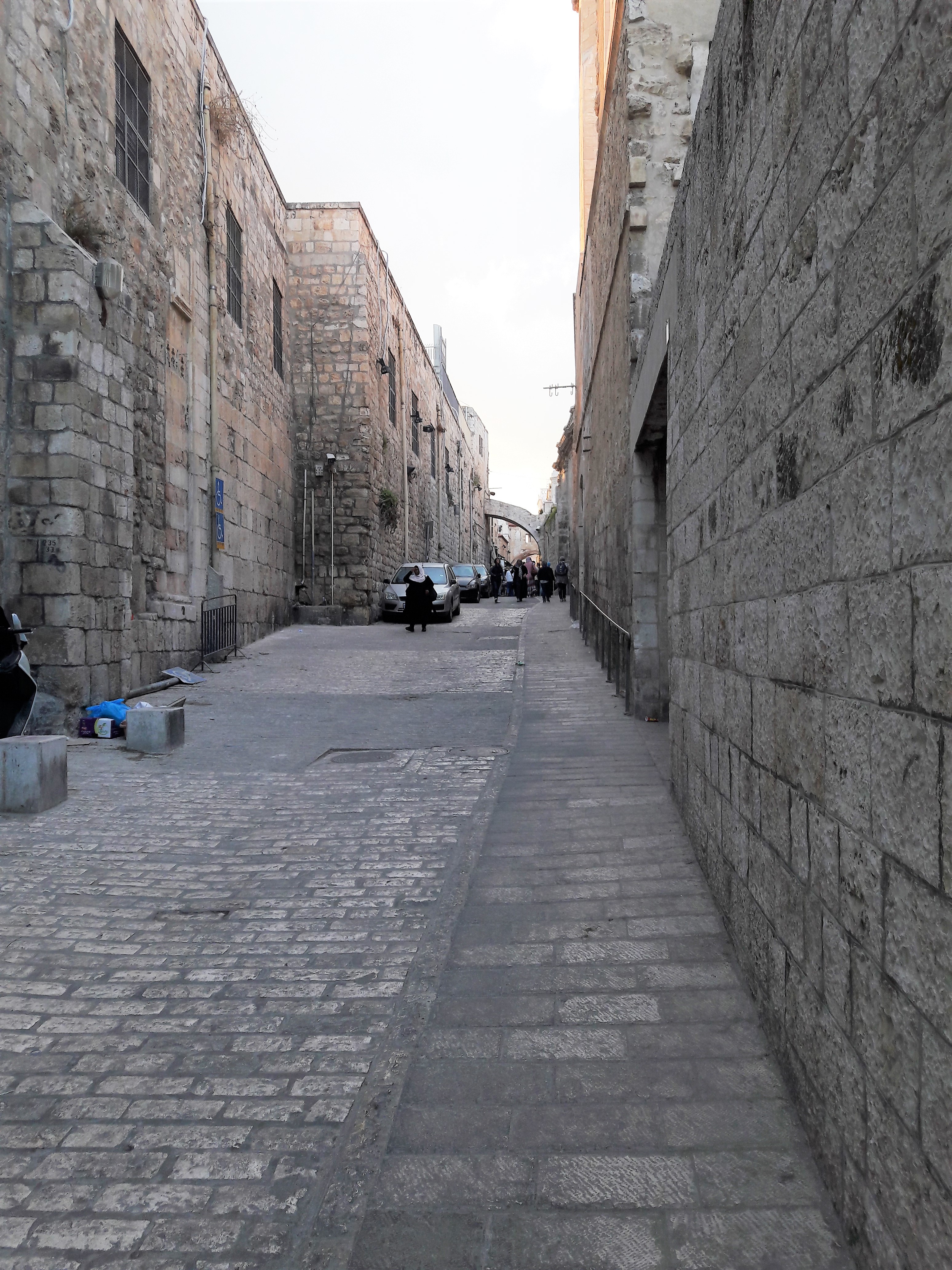
Stations III and IV
Continue on to the end of Via Dolorosa and turn left. On the walls of the Armenian Catholic Patriarchate are Stations III and IV. At Station III Jesus is said to have fallen for the first time whilst Station IV is where Jesus meets his mother.
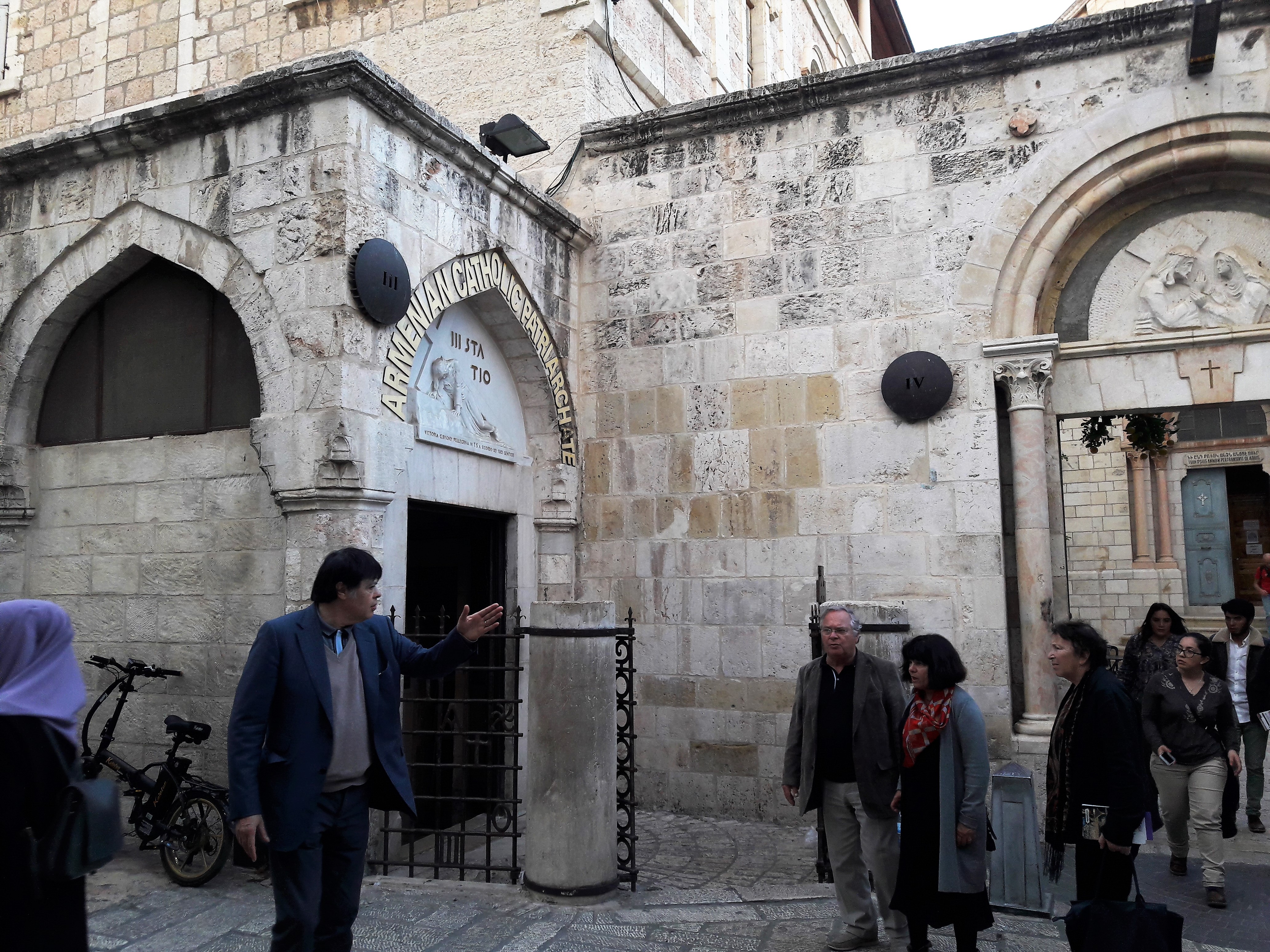
Station V
Continue south on this street until you see the fifth station on the corner to your right. This is where Simon of Cyrene helped Jesus carry the Cross.
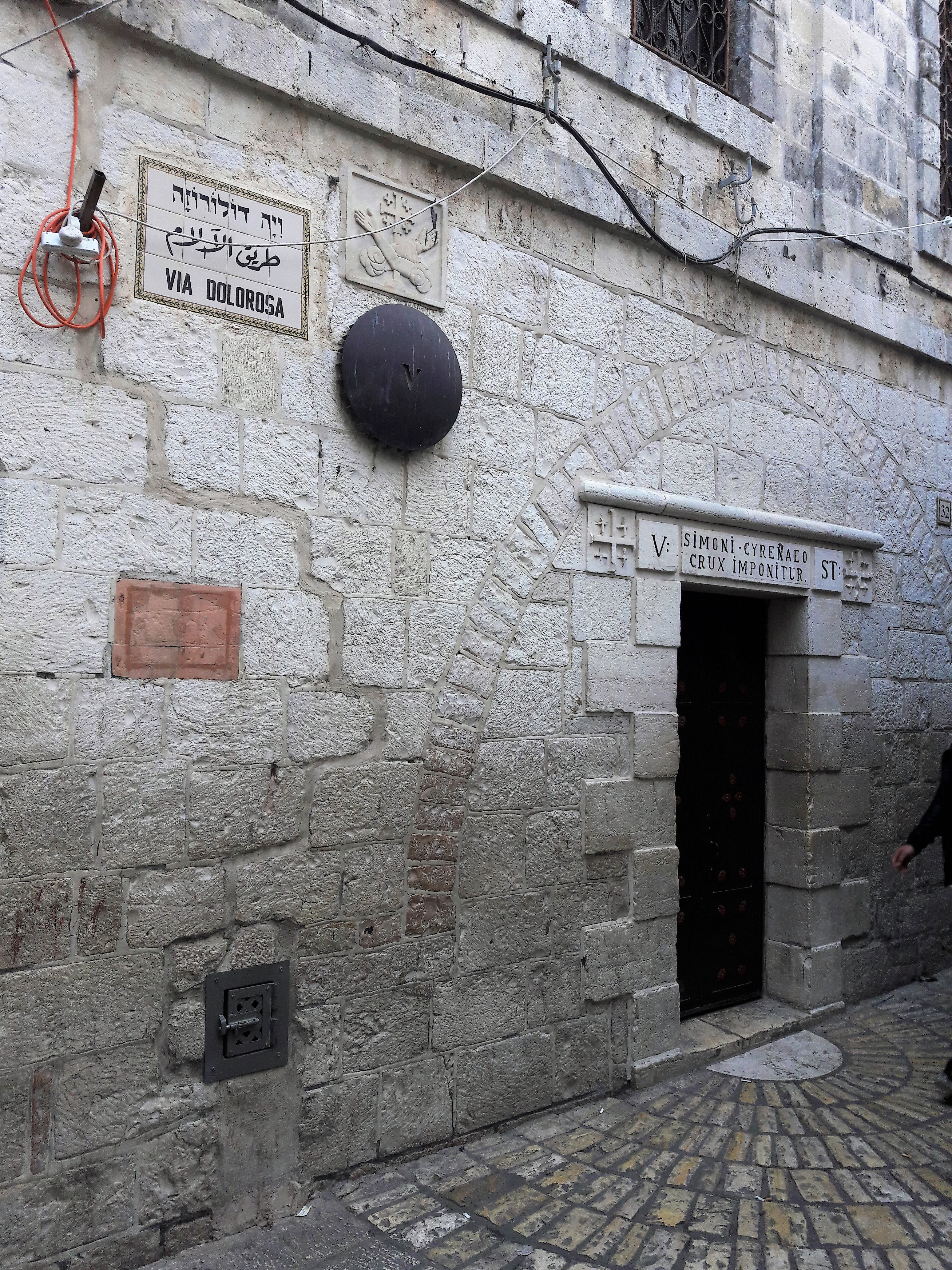
Station VI
Taking a right at Station V and continue into the souk where Station VI is on the left-hand side. This is where Veronica wiped the face of Jesus.
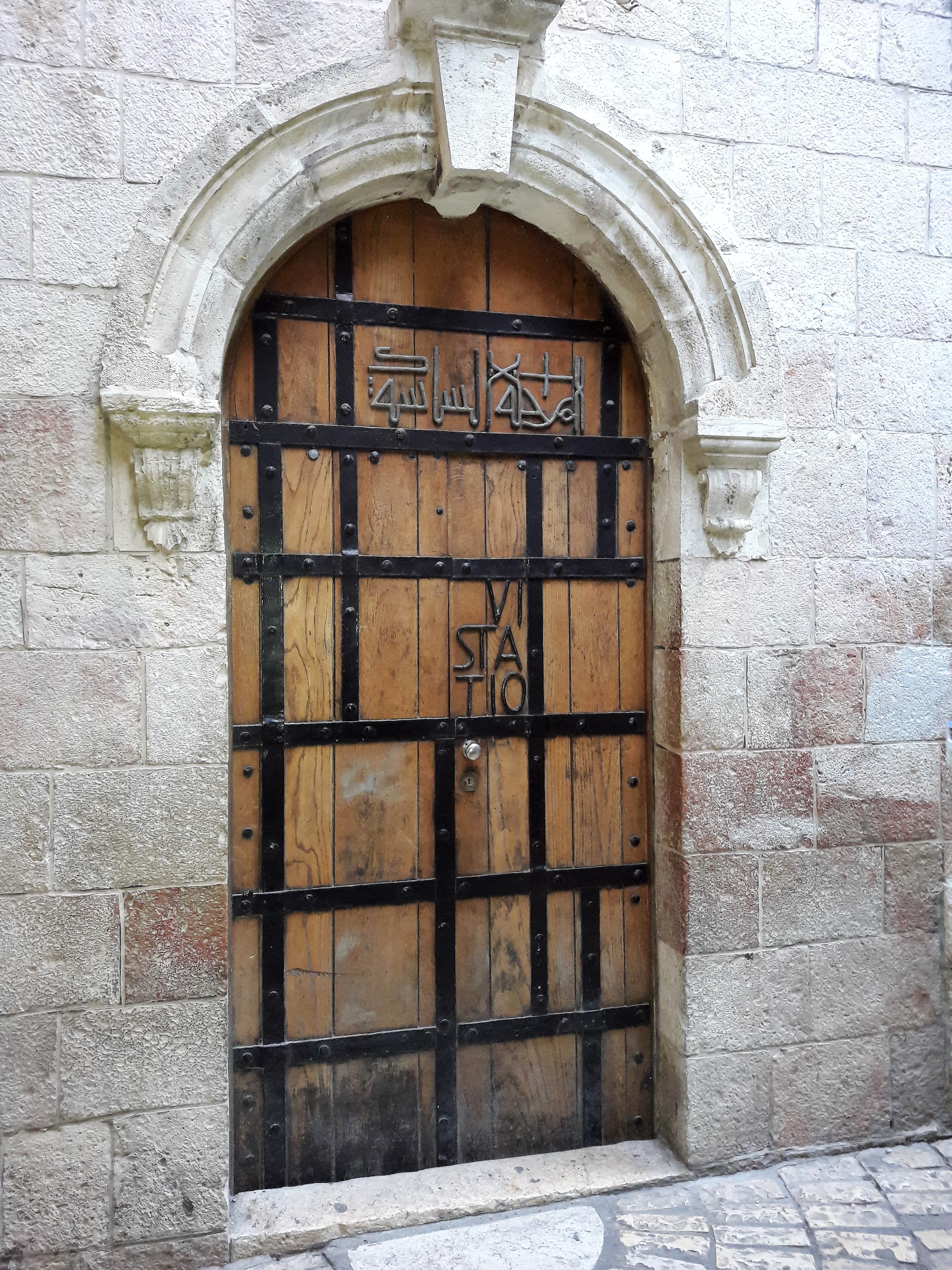
Station VII
Continue on until you come to the junction with Souq Khan al-Zeit. Before you lies a dark brown door with red patterns. This is where Jesus fell for the second time.
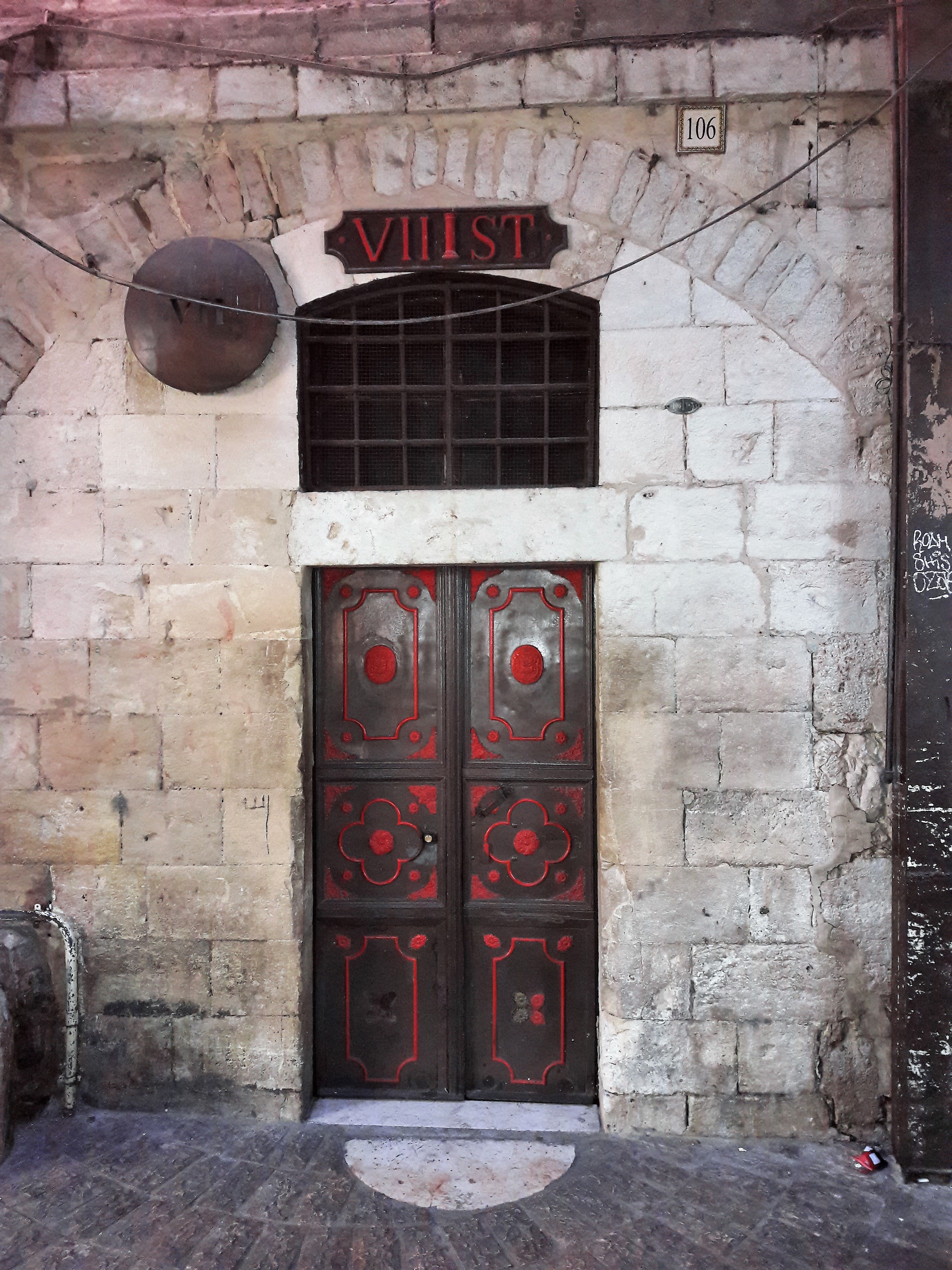
Station VIII
Continue straight up the narrow souk where high up on the left-hand side the plaque will indicate the 8th Station. Jesus is said to have consoled the on-looking women who were crying for him.
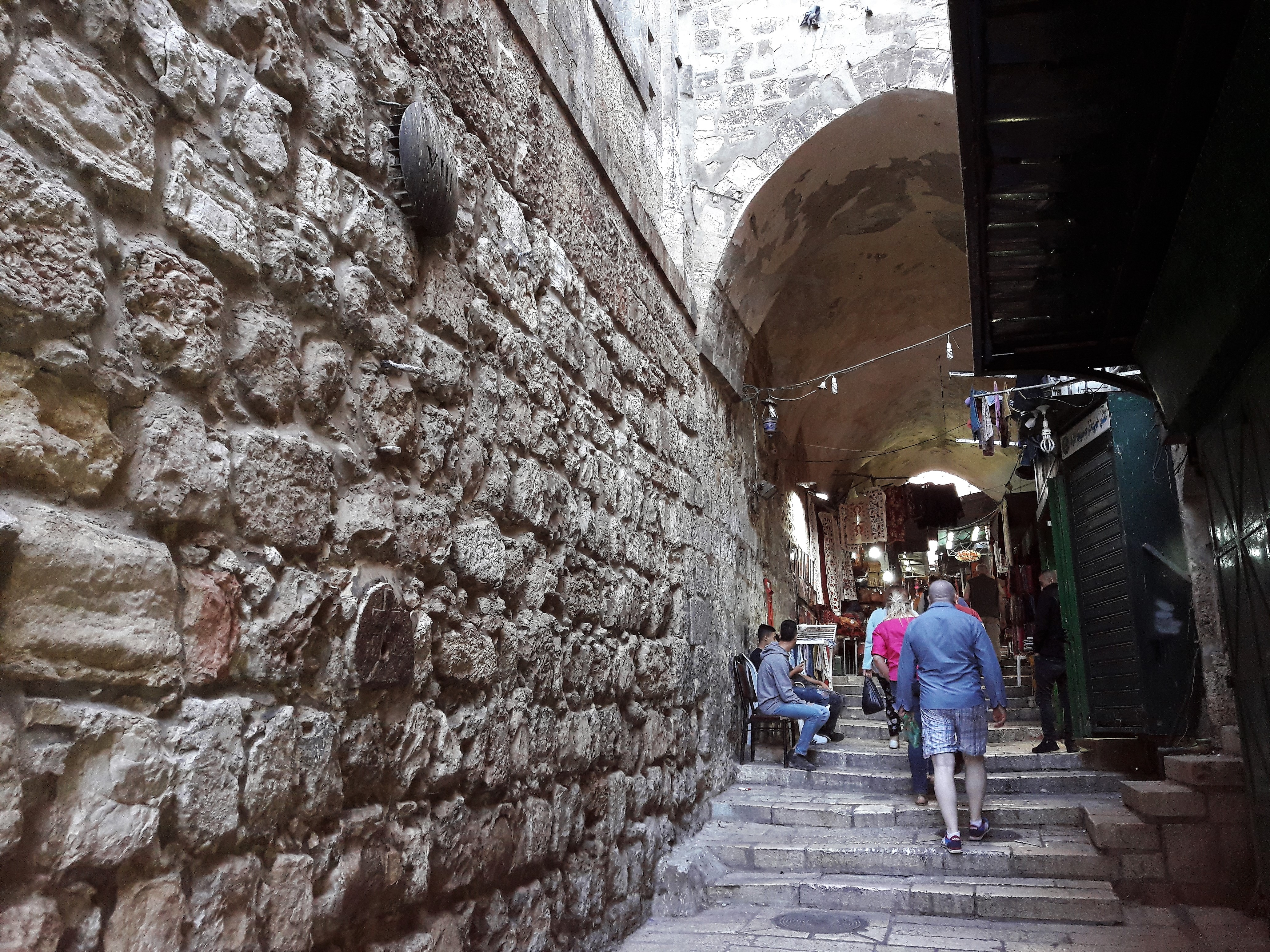
Station IX
Back-track to Souq Khan al-Zeit, turn right and continue until you see an entrance leading to steps. Continue up the steps until you see the plaque for the 9th Station. This is where Jesus fell for the third time.
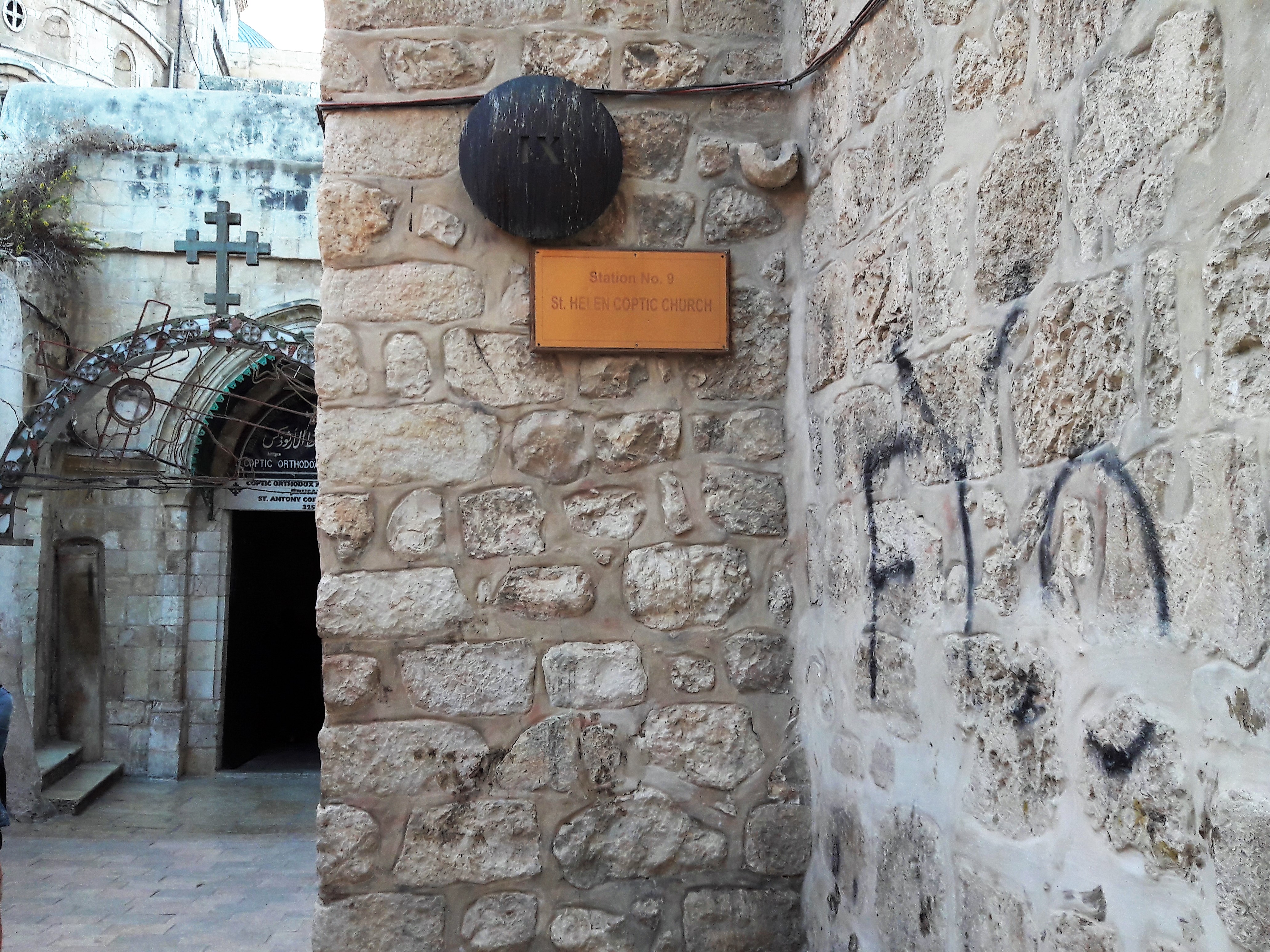
Stations X – XIV
Stations 10 to 14 are located in the Church of the Holy Sepulchre. Upon entering the Church turn immediately right and climb the stairs to the Chapel of Calvary. Station 10 is at the entrance and is where Jesus was stripped of his clothes. Station XI is further on in the chapel and is where Jesus was nailed to the Cross. An alter marks the site where Jesus died on the Cross and this is Station 12. Expect huge queues of people praying at the altar.
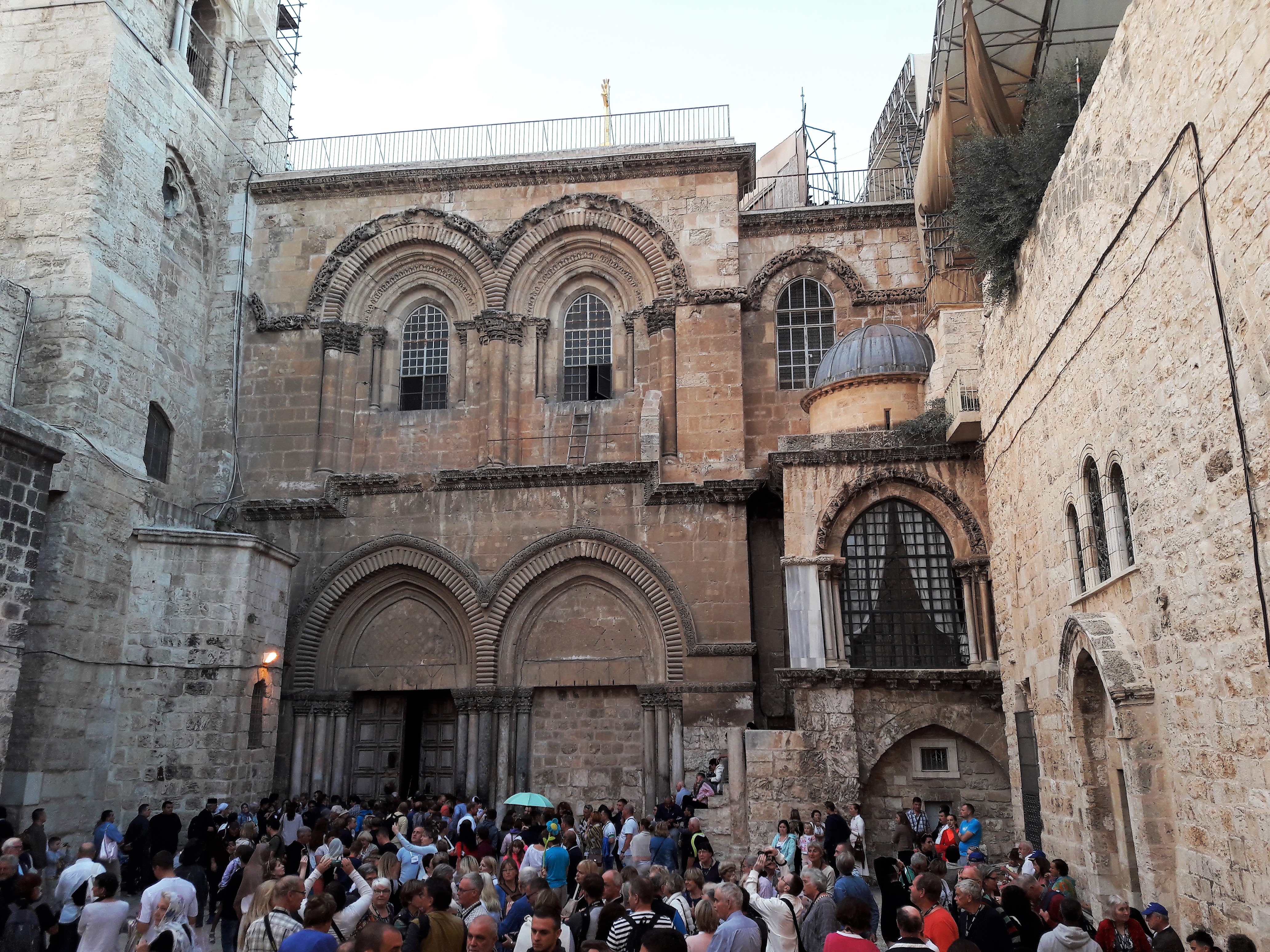
To the left of the altar is Station 13 where Jesus was taken down from the Cross. Moving onwards, take the stairs to the ground floor and continue to the Aedicule, the structure containing the tomb where Jesus was buried for three days. The Aedicule marks the 14th and final Station.
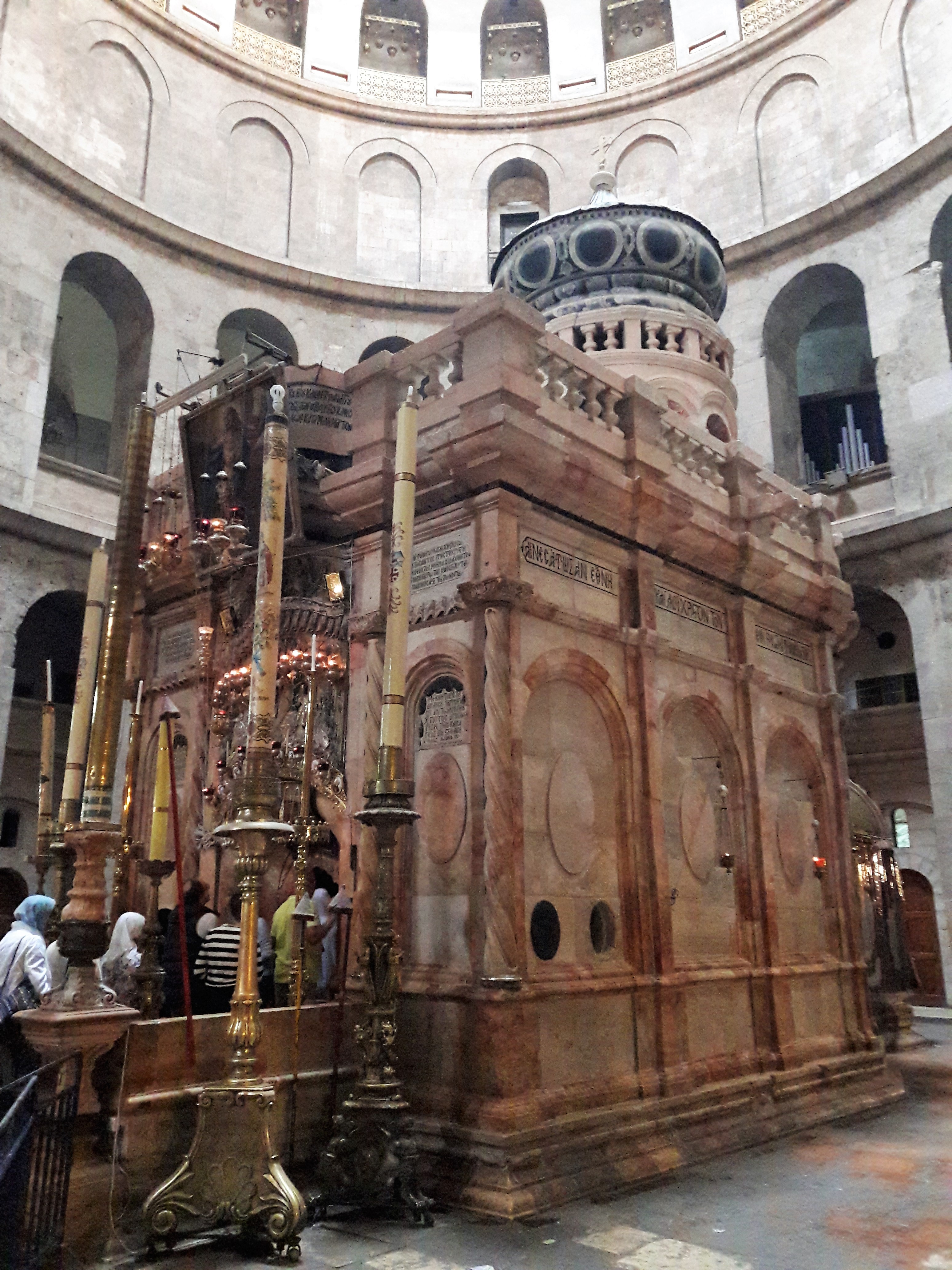
I split the route over two days, visiting the Church of the Holy Sepulchre early the following morning as I couldn’t gain access in the afternoon.
Piety and devotion are not required for walking the Via Dolorosa and, like many of the other religious sites in Jerusalem, is open to all faiths to experience. Whether you’re devoted to following in the final footsteps of Jesus, want the challenge of a mini-pilgrimage, or are simply curious then it’s a very worthwhile way of spending a few hours in the Holy City.
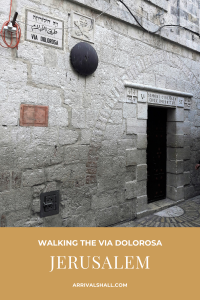

This looks like such a beautiful trip to take! I am definitely interested in visiting this church in Jerusalem – thanks for the tips!
LikeLiked by 1 person
Thanks Miranda. Jerusalem is great. As for the Church of the Holy Sepulchre, be there early in the morning before all the crowds.
LikeLike
Wow, it’s super charming, exactly as I imagine! I would love to go to Jerusalem, it is a fascinating city in terms of history and culture!
LikeLiked by 1 person
Yes, Jerusalem is a fascinating city. I highly recommend it.
LikeLike
Wow! As a Catholic, this is so moving to me. What an incredible experience.
LikeLiked by 1 person
Thanks. The Via Dolorosa is particularly moving for the Christian community.
LikeLike
I’m curious to hear about what kind of food you are at your pitstops. O don’t know much about what one would find in Jerusalem – I’m guessing at food stalls?
LikeLiked by 1 person
Food in Jerusalem is great. Grilled veg and meats. Great bread. The freshest fruit you could find. Pomegranate juice is a speciality. Lots of dishes with rice. Really healthy food.
LikeLike
This seems like such an incredible experience. I was in Jerusalem a few years ago and loved visiting!
LikeLiked by 1 person
Thanks Marisa. Jerusalem is a fascinating city. I loved visiting it as well.
LikeLike